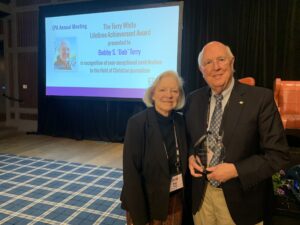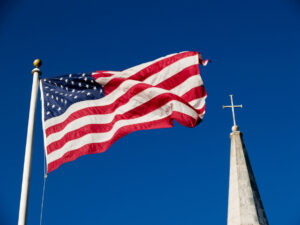
WASHINGTON (BP)–The House Judiciary Subcommittee on Crime, Terrorism, and Homeland Security took the first steps May 1 to respond to the U.S. Supreme Court’s decision April 16 striking down a law that banned as child pornography images of adult or computer-generated subjects, CNSNews.com reported May 2.
Under the Supreme Court’s ruling, law enforcement agencies would have to be able to positively identify a child depicted in a photograph or video, as well as conclusively prove that the individual was underage.
The court left open the defense of a “reasonable doubt” if the accused pornographer claims the individual depicted is actually a young-looking adult or a computer-generated simulation.
“There is no evidence to suggest that the child pornography circulating on the Internet today depicts anything but real children,” Michael Heimbach, chief of the FBI’s Crimes Against Children unit, told a subcommittee hearing.
“Law enforcement agents have only been able to successfully identify a minute fraction of those child victims,” he said.
Earnest Allen, president of the National Center for Missing and Exploited Children, told the subcommittee that the Supreme Court decision will be “devastating for America’s children.”
“While the creation of purely ‘virtual’ child pornography will increase dramatically, it is also likely that predators will continue to sexually victimize children, photograph the act and then modify existing images to make them look more like ‘virtual’ images,” he warned.
Subcommittee chairman Lamar Smith, R.-Texas, said Congress has a “compelling interest” in prohibiting all forms of child pornography, in spite of the Supreme Court ruling.
“The elimination of child pornography in all forms and the protection of children from sexual exploitation should be one of Congress’ highest priorities,” he argued.
Smith has introduced the Child Obscenity and Pornography Prevention Act with 18 original cosponsors.
The bill would make it illegal to possess, distribute or receive “visual depictions of a minor engaging in sexually explicit conduct.” An “affirmative defense” is included in the statute to overcome the Supreme Court’s ruling.
Under the “affirmative defense,” anyone accused of violating the law would be exempt from conviction if they prove that the alleged child or children depicted in the sexually explicit conduct are either legal adults or completely computer-generated images.
The bill also would make it illegal to provide or show to a minor under 16 years of age any obscene or pornographic material. Smith said that provision is necessary to prevent child molesters from using pornography to seduce children.
“Child pornography is not used simply for the viewing pleasure of an individual, it is also used as a means to an end — that end being the victimization of children and in some cases the end of a child’s life,” he said.
The FBI’s Innocent Images task force has conducted several hundred online investigations in which federal agents pose as children.
“The agents report that sexual predators routinely send images of child pornography to them as part of the ‘grooming process’ to increase the likelihood of a sexual encounter,” Heimbach testified.
Rep. Mark Foley, R.-Fla., called the legislation “a pedophile’s worst nightmare.”
“The High Court, in siding with pedophiles over children, forced us into action,” Foley said. “I hope this legislation meets the standards set by the Supreme Court. Pedophiles do not have a First Amendment right to gawk over exploited children.”
A second hearing by the subcommittee is to be scheduled.
–30–
Johnson is the Congressional bureau chief with www.CNSNews.com. Used by permission.















